Introduction
Cebu, often hailed as the “Queen City of the South,” is one of the Philippines’ most enchanting destinations. Known for its rich history, captivating natural beauty, and vibrant culture, Cebu offers a unique travel experience. From centuries-old landmarks to pristine beaches and delectable culinary offerings, this island province promises unforgettable adventures. This guide provides an in-depth look at Cebu, helping you make the most of your visit.
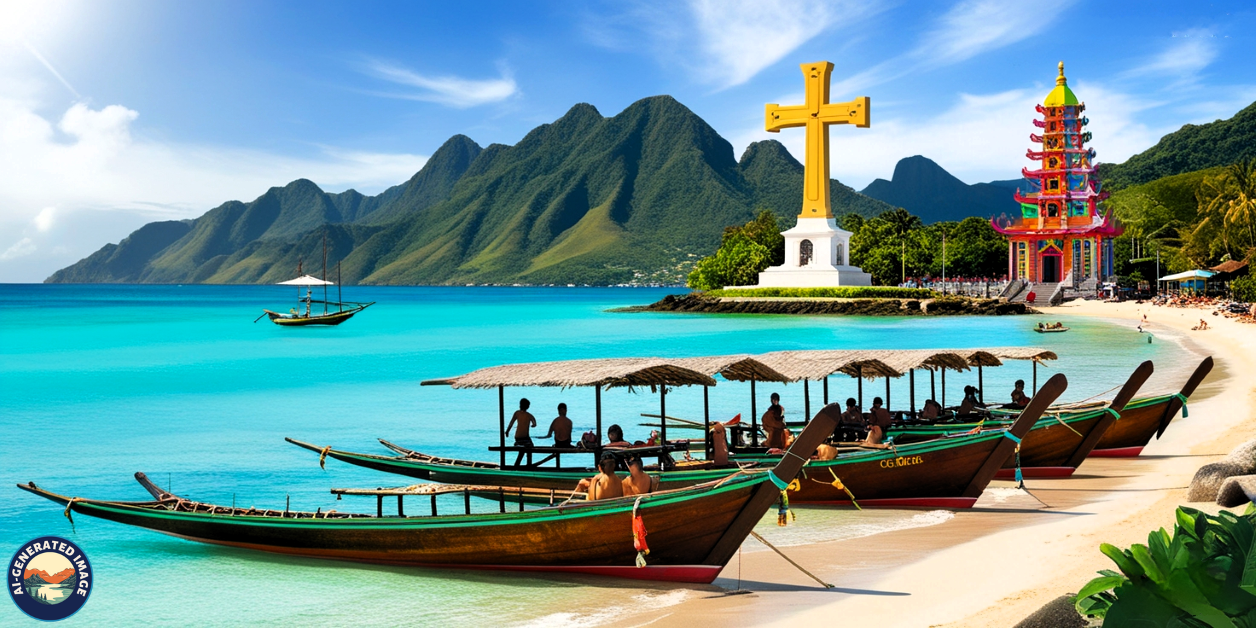
Cebu’s Historical Tapestry
Cebu holds a significant place in Philippine history as the cradle of Christianity in the country. The arrival of Portuguese explorer Ferdinand Magellan in 1521 marked a pivotal moment in the island’s story.
-
Pre-Colonial Era:
Before European influence, Cebu thrived as a hub of trade, connecting with merchants from neighboring Asian regions.
-
Spanish Influence:
Spanish colonization deeply impacted Cebu’s architecture, religious practices, and traditions. Iconic landmarks like Magellan’s Cross and the Basilica Minore del Santo Niño stand as historical testaments.
-
Modern Cebu:
Today, Cebu beautifully blends tradition and modernity, with historical sites standing side by side with contemporary developments.
Must-Visit Attractions
1. Historical Landmarks
-
Magellan’s Cross:
This historic cross, planted in 1521, symbolizes the arrival of Christianity in the Philippines.
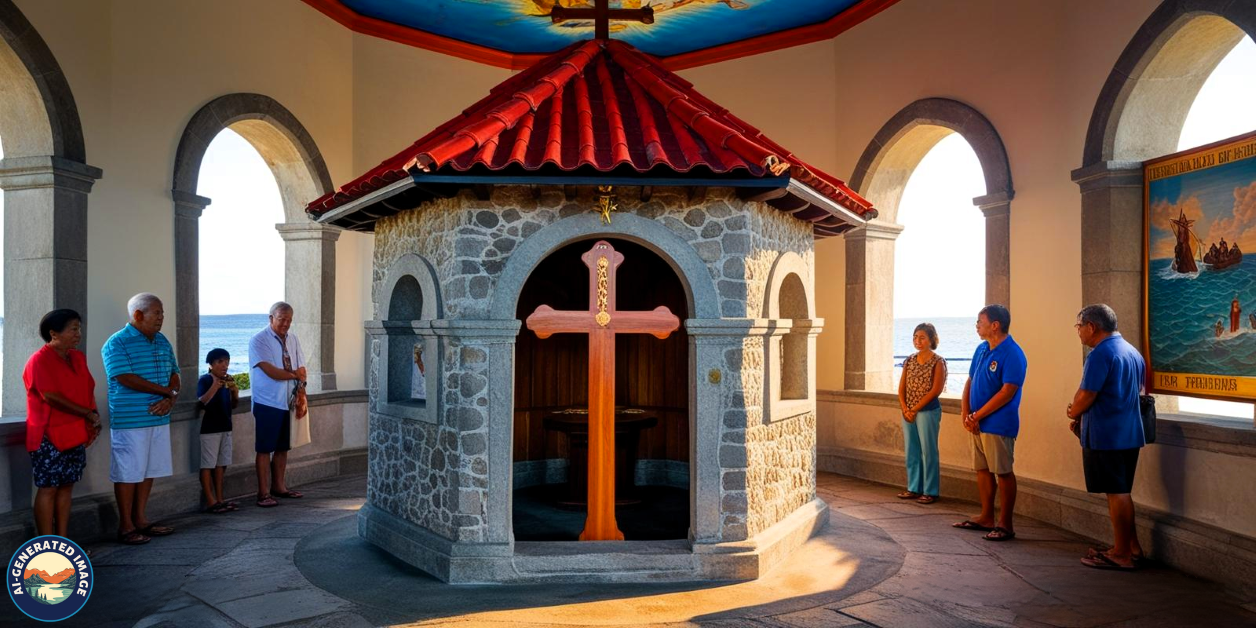
-
Basilica Minore del Santo Niño:
The oldest Roman Catholic church in the Philippines, it houses the revered Santo Niño statue.
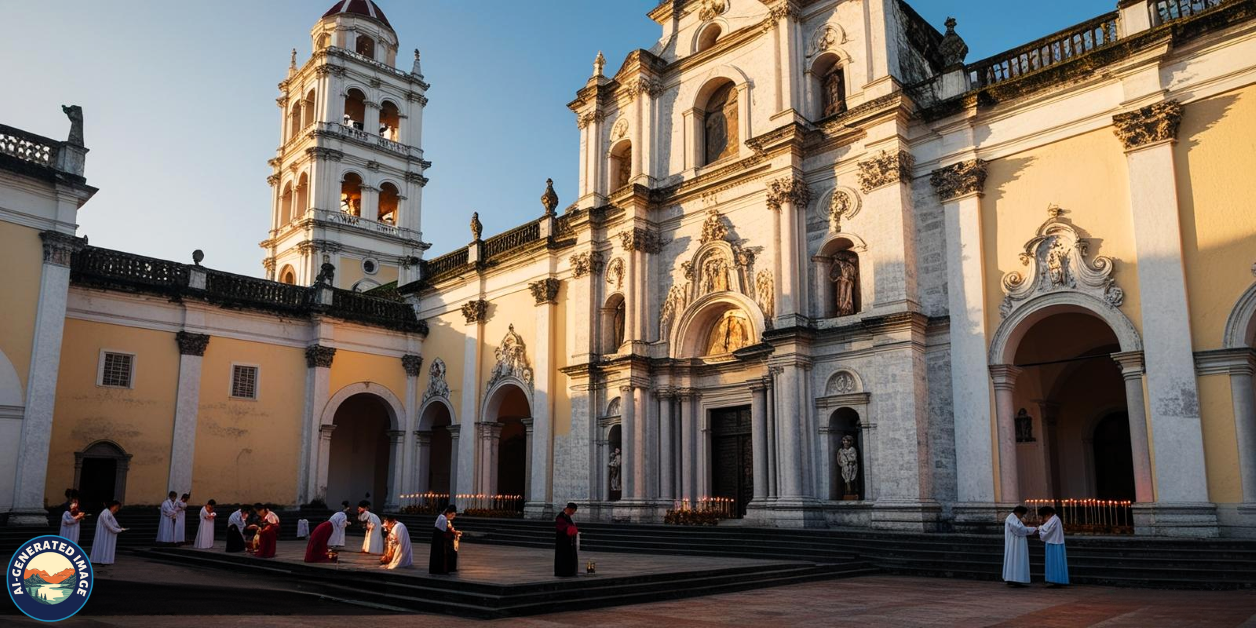
-
Fort San Pedro:
The oldest Spanish-built fort in the country, constructed for defensive purposes during the Spanish era.
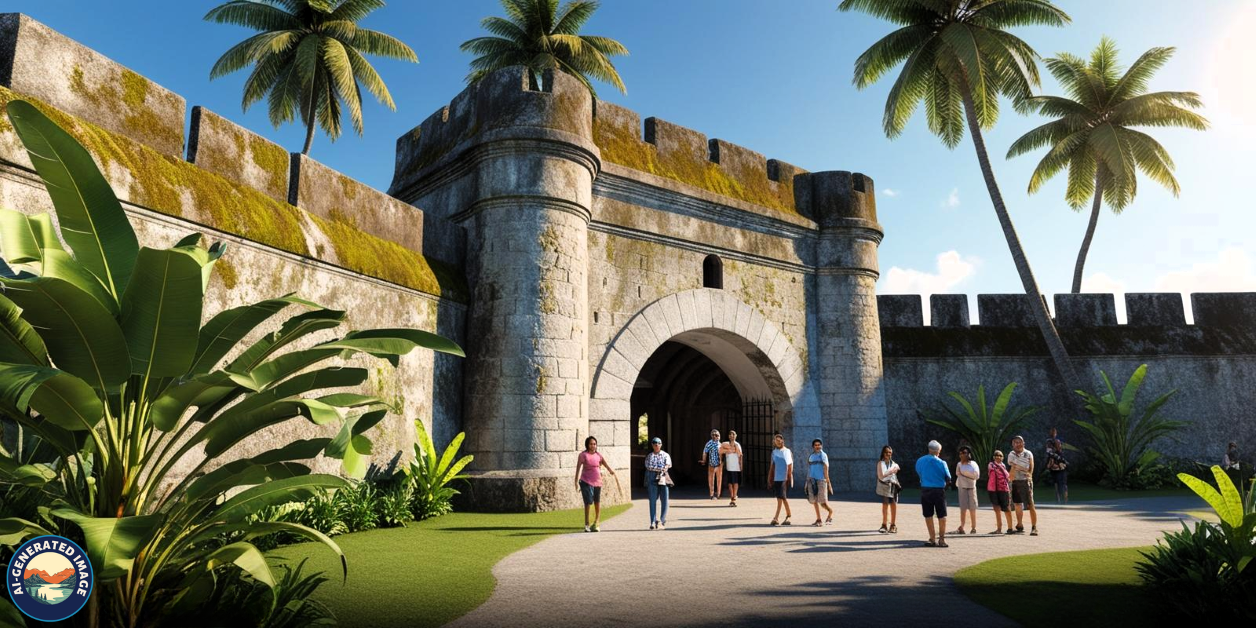
2. Natural Wonders
-
Kawasan Falls:
Famous for its clear turquoise waters, it’s a popular spot for canyoneering.
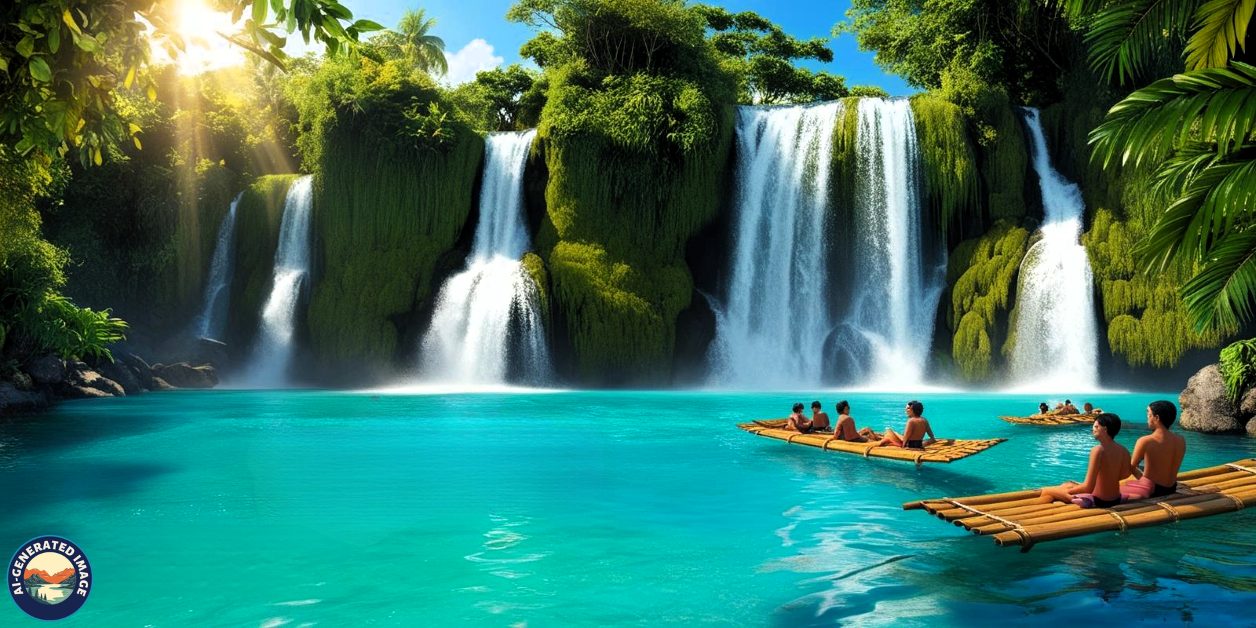
-
Osmeña Peak:
Cebu’s highest point, offering breathtaking panoramic views.
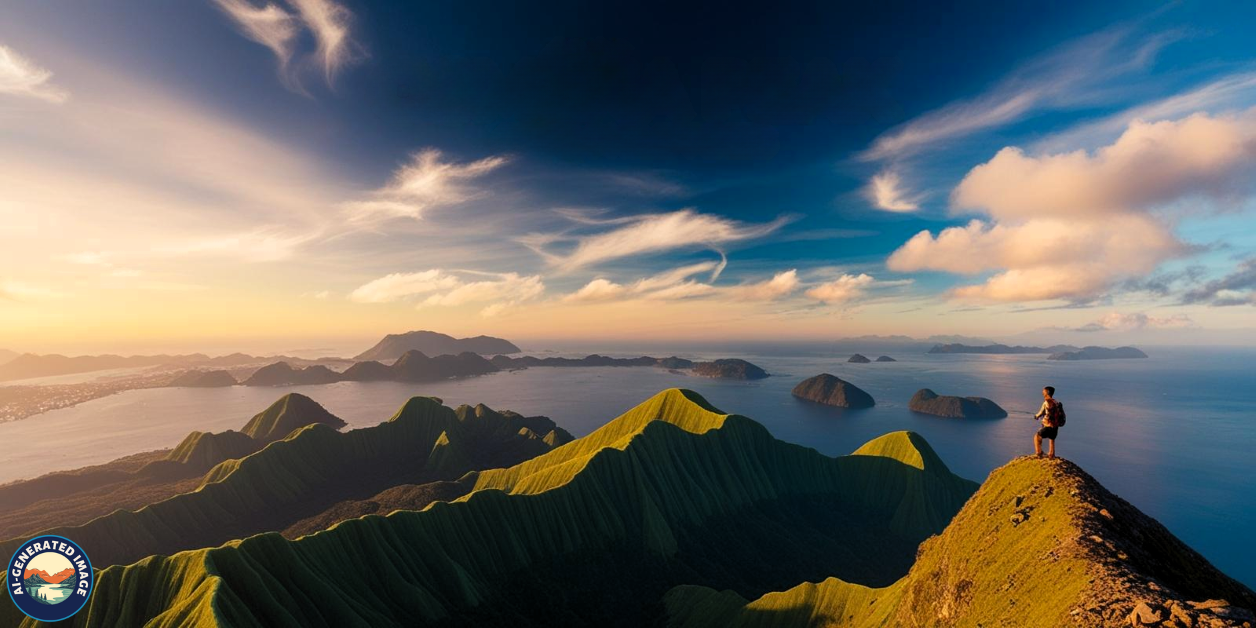
-
Tumalog Falls:
A stunning, misty waterfall near Oslob, perfect for cooling off.
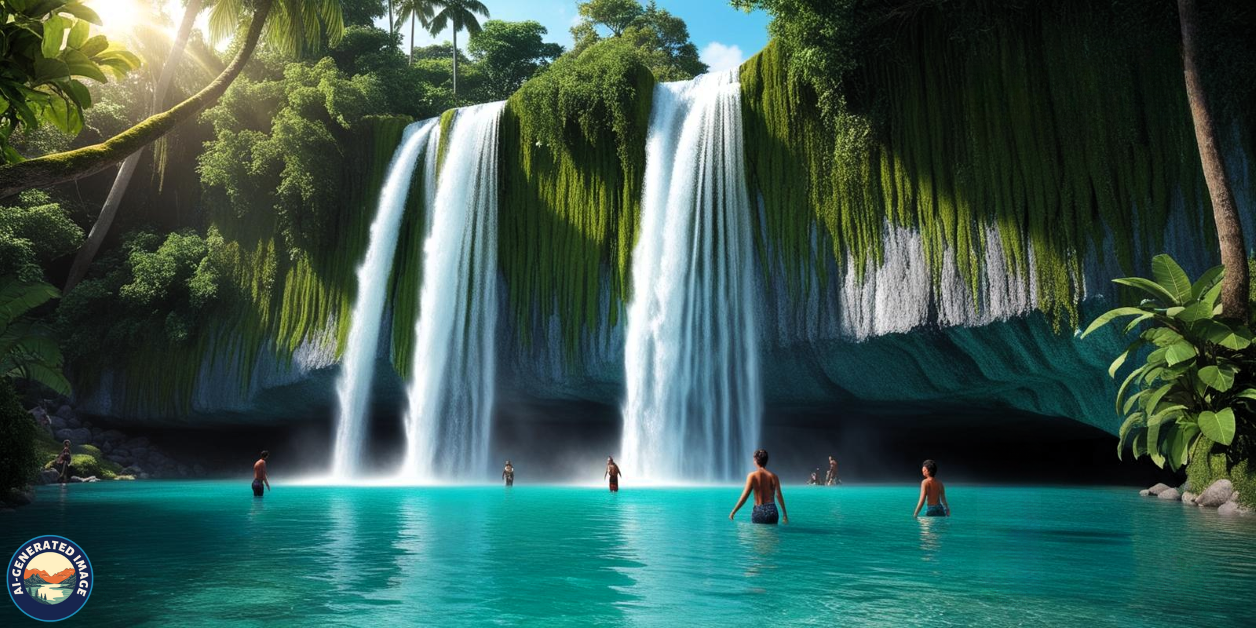
3. Beaches and Islands
-
Bantayan Island:
Renowned for its powdery white sand and crystal-clear waters.
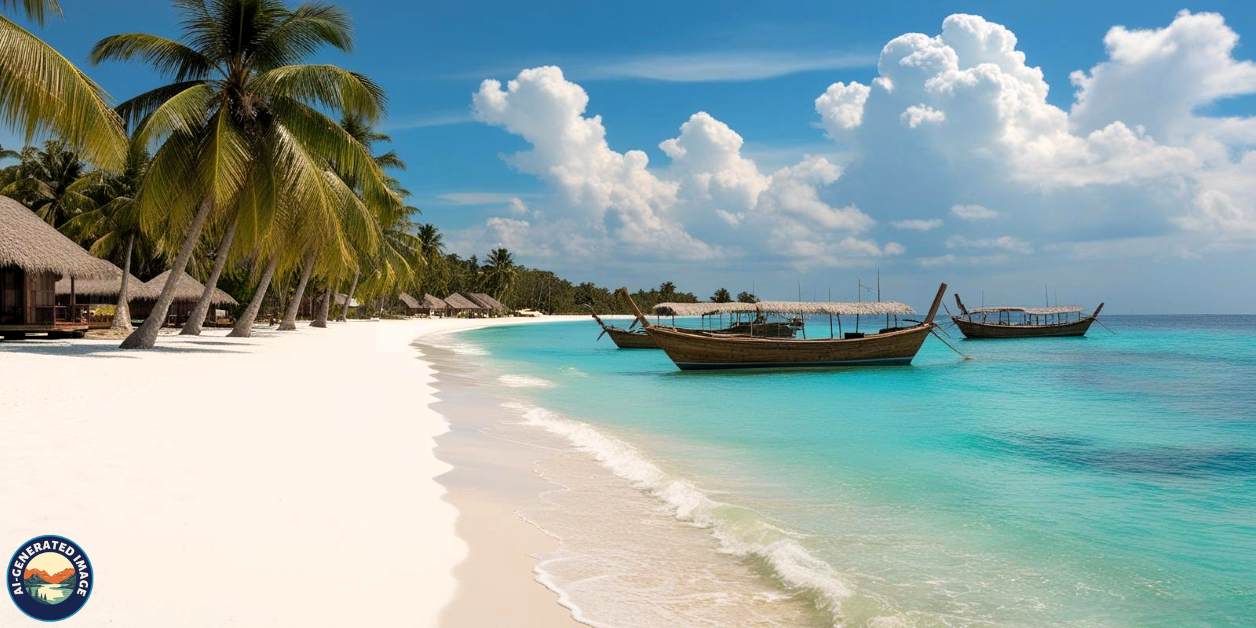
-
Malapascua Island:
A diver’s paradise, known for thresher shark sightings.
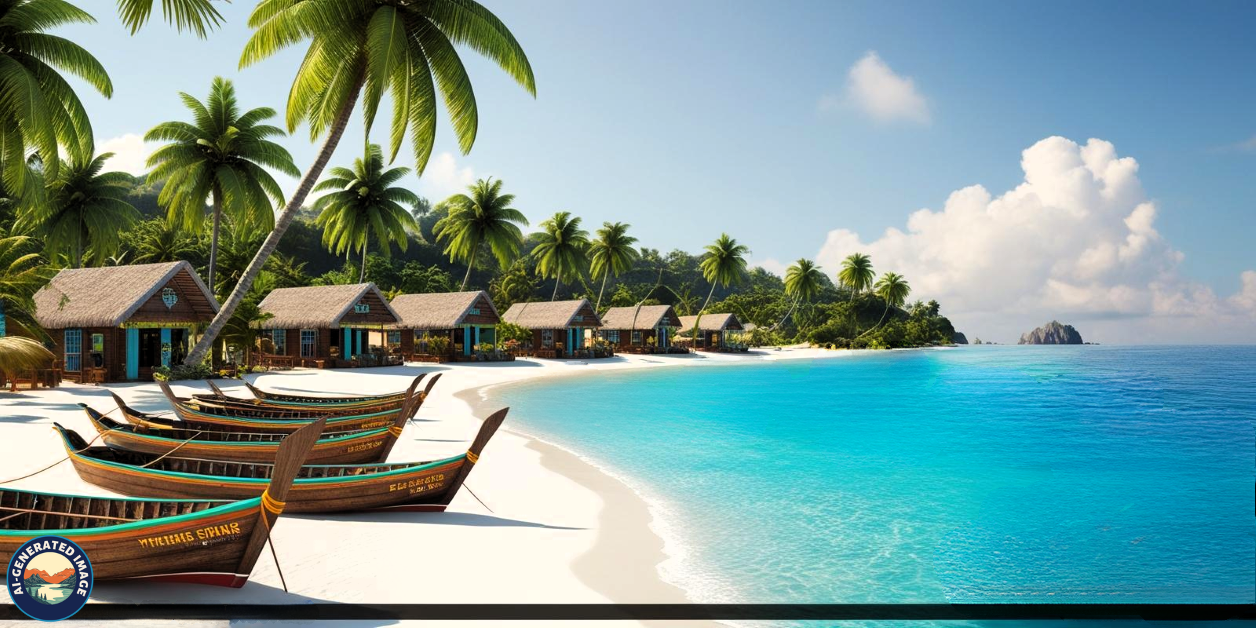
-
Sumilon Island:
Home to a marine sanctuary and a picturesque sandbar.
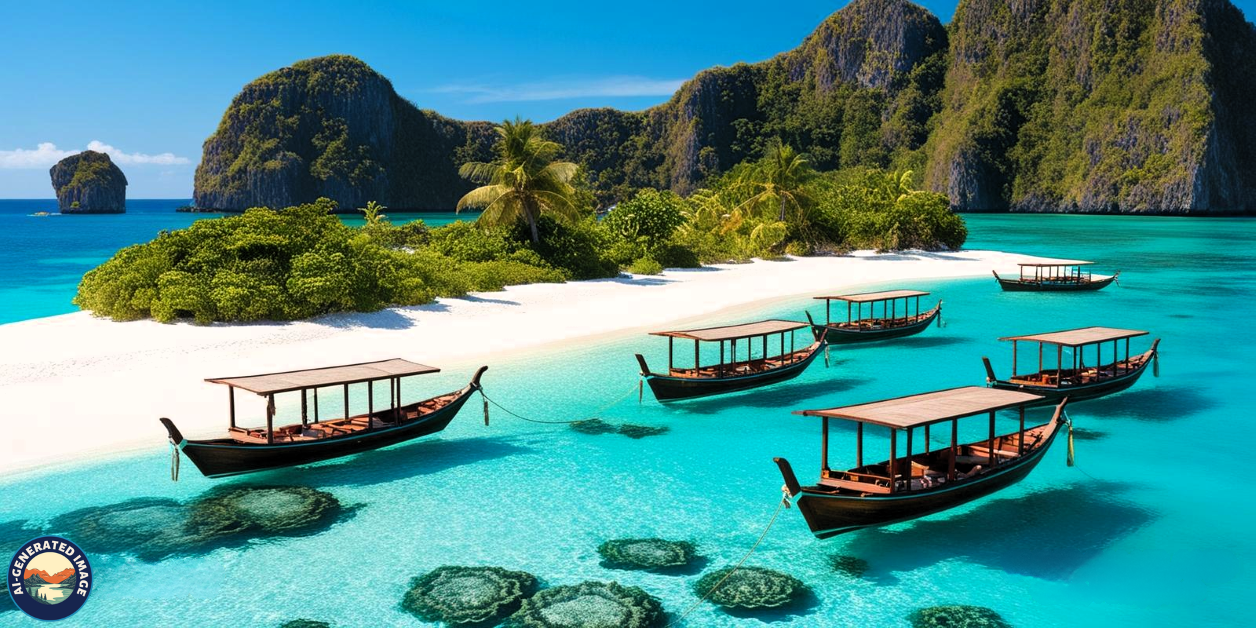
4. Cultural Experiences
-
Sinulog Festival:
An annual celebration every January in honor of Santo Niño, filled with vibrant street parades and rituals.
-
Local Markets:
Experience the local vibe at Carbon Market or Taboan Market, ideal for tasting traditional delicacies and shopping for souvenirs.
Top Activities
-
Island Hopping:
Discover nearby islands like Nalusuan, Hilutungan, and Pandanon.
-
Swim with Whale Sharks in Oslob:
A unique encounter with these gentle giants of the sea.
-
Canyoneering in Badian:
Engage in thrilling activities like cliff-jumping and river trekking.
-
Explore Cebu’s Nightlife:
Head to Mango Square for lively bars and clubs, or sip on creative cocktails at chic lounges.
Savoring Cebu’s Culinary Delights
-
Local Dishes to Try:
-
Lechon
Cebu’s renowned roasted pig, celebrated for its crispy skin and savory flavor.
-
Puso
Rice wrapped in woven coconut leaves, a staple at local feasts.
-
Ngohiong
Cebu’s version of crispy, flavorful spring rolls.
-
-
Popular Food Spots:
-
Larsian
Famous for grilled street food and a lively atmosphere.
-
La Vie Parisienne
A stylish venue offering French pastries and wine.
-
Rico’s Lechon
Known for serving some of the best lechon in Cebu.
-
-
Unique Culinary Experiences:
Join a local cooking workshop or explore Cebu’s vibrant night markets.
How to Reach
-
By Air:
Mactan-Cebu International Airport connects Cebu with domestic and international destinations.
-
By Sea:
Ferries operate from Manila, Bohol, and other nearby islands.
-
Getting Around:
Use jeepneys, taxis, or rent motorcycles. For island trips, charter boats, or join organized tours.
Ideal Time to Visit
-
Climate Overview:
The dry season, from December to May, is perfect for beach trips and outdoor activities.
-
Festivals:
January is a lively month with the celebration of the Sinulog Festival.
-
Off-Peak Advantage:
Visiting between June and November offers fewer crowds and potential discounts, though occasional rain is expected.
Accommodation Options
-
Luxury Stays:
Shangri-La’s Mactan Resort & Spa, Radisson Blu Cebu.
-
Budget Accommodations:
Mad Monkey Hostel, Le Village Hostel Cebu.
-
Unique Lodgings:
Eco-lodges in Malapascua or beachfront cottages on Bantayan Island.
Essential Travel Tips
-
Safety Precautions:
Cebu is relatively safe, but be cautious in less populated areas, especially at night.
-
Respect Local Customs:
Dress modestly when visiting religious or cultural sites.
-
Budget-Friendly Tips:
Local eateries and street food stalls offer delicious, affordable meals.
-
Useful Apps:
Utilize Grab for transport, Google Maps for navigation, and Klook for booking activities.
Conclusion
Cebu is a multifaceted destination that beautifully combines history, culture, adventure, and relaxation. Whether you’re diving with sharks, exploring ancient churches, or indulging in local delicacies, Cebu promises lasting memories. Embrace the vibrant culture and natural beauty of Cebu, and let each moment become a cherished experience.
FAQs
-
Is Cebu safe for tourists?
- Yes, Cebu is generally safe. However, it’s wise to remain vigilant and avoid secluded places after dark.
-
What is the best month to visit?
- The months from December to May are ideal, especially during the Sinulog Festival in January.
-
How many days are enough to explore Cebu?
- Spending 5 to 7 days allows for a well-rounded experience of Cebu City and nearby islands.
-
What is Cebu famous for?
- Its historical landmarks, pristine beaches, diving experiences, and delectable lechon.
-
Which local dishes are a must-try?
- Lechon, Puso, and Ngohiong should be on your culinary bucket list.
-
How can I travel to nearby islands?
- Regular ferry services, speedboats, and organized tours make inter-island travel convenient.
-
What are the top adventure activities?
- Try canyoneering in Badian, diving in Malapascua, and swimming with whale sharks in Oslob.
-
Which cultural festivals should I attend?
- The Sinulog Festival is Cebu’s most vibrant and widely celebrated event.
-
How much does a 5-day trip cost?
- Budgets can range from $200 for budget travel to over $1,000 for luxury experiences.
-
Is knowledge of the local language necessary?
- While English is widely spoken, learning a few basic local phrases is appreciated.
